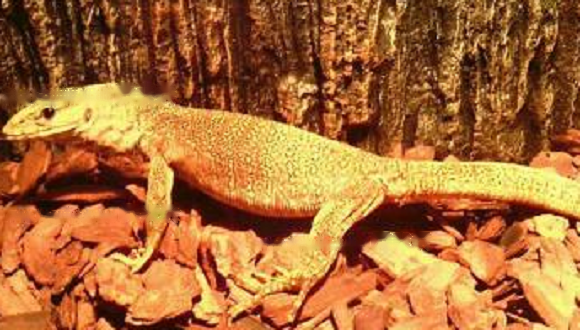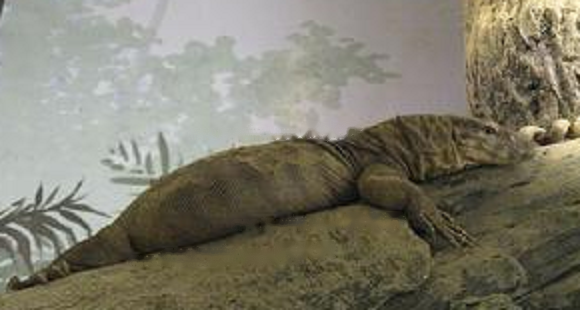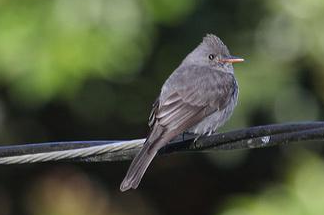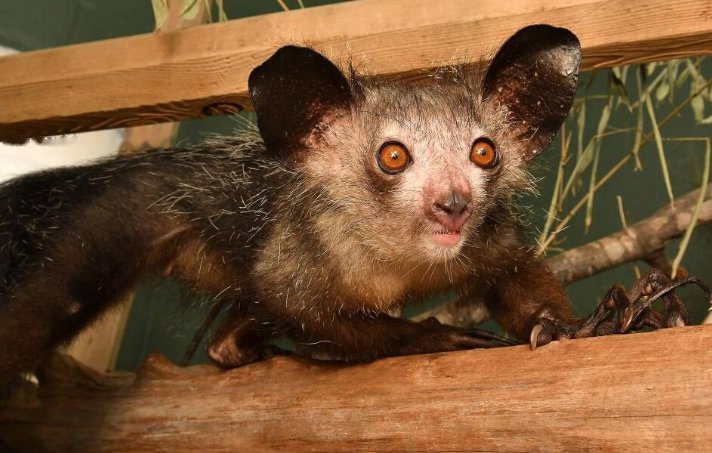The yellow monitor lizard, also commonly known as the yellow monitor lizard. It usually lives in burrows, crevices, and termite nests on the shore, and sometimes blocks entrances and exits of burrows with dirt. So, the following small series will introduce it to you around five aspects. Let's take a look~

I. Basic information
[Chinese name] Yellow monitor lizard
[Latin name] Varanus flavescens
[Kingdom] animal Kingdom
【phylum】chordate phylum
【class】reptiles
【order】scaly
【family】giant Sauridae
[genus] monitor lizards
[species] yellow monitor lizards
II. Main distribution
The yellow monitor lizard is mainly distributed in India, Pakistan, Nepal and Bangladesh.
III. Appearance characteristics
The yellow monitor lizard is larger in size, with a body length of about 1.3 meters and a tail length of about 1.8 meters; Short and pointed; nostrils slanted, close to the muzzle; olive or yellow back with irregular markings; belly yellow with some brown stripes; tail flat.
The head scales are relatively small; the supraorbital scales gradually become larger outward; the dorsal scales are round; the abdominal scales are relatively smooth, with a total of 65-75 rows; the tail scales are protruding.
PS: The back of the young lizard is dark brown with yellow spots, which gradually become stripes as they grow up.

Four. Habits
1. Habitat
The habitat of yellow monitor lizards will be affected by seasonal changes. They are more active during the wettest season of the year, but less active during the dry winter (November-February).
2. Eating habits
Yellow monitor lizards eat a wide variety of foods, including frogs, toads, water turtles, lizard eggs, frog eggs, birds and some invertebrates animals etc.
3. Breeding method
The breeding method of the yellow monitor lizard is oviparous, and the mating time is from June to July every year. Female lizards lay eggs from August to October each year, and they can lay about 16 eggs at a time.
V. Population Status
Due to mass hunting by humans, most yellow monitor lizards have disappeared from their original habitats and become endangered species .

Okay, the yellow monitor lizard The introduction, the editor will stop here! Do you guys understand? If you have anything to say, you can leave a message in the comment section~
![[Original] Sharing of popular science knowledge of ringed map turtles](/static/img/11249/11249_1.jpg)






